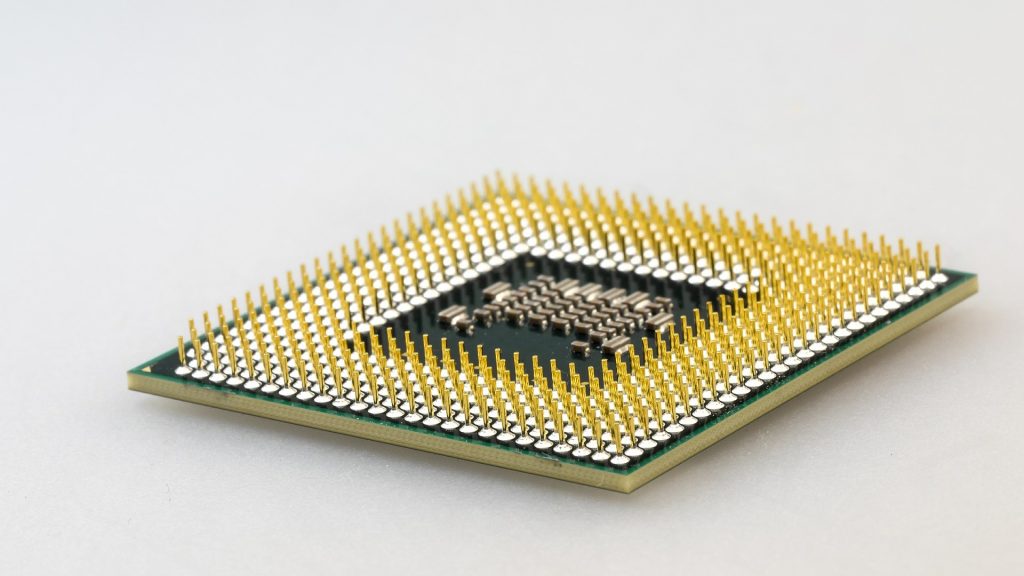While South Africans recognised Women’s Day, the US was making moves to address the semi-conductor shortage and steal away some dominance in the tech space from China.
US President Joe Biden signed the CHIPS (Creating Helpful Incentives to Produce Semiconductors for America) and Science Act into law on Tuesday and it’s a rather important act for the nation.
The act will make $280 billion in subsidies available to stoke the semi-conductor sector in the US. As reported by The Verge, $52 billion of that figure is set aside specifically to boost semi-conductor manufacturing in the US. These subsidies will be made available over the next decade and the Department of Commerce will dictate the terms of the subsidies.
The US is trying to encourage chip manufacturers to build fabrication plants in its borders for good reason. Taiwan is a hub of semi-conductor manufacturing and the Taiwan Semiconductor Manufacturing Company (TSMC) makes around 90 percent of the world’s chips. Should China ever invade Taiwan, it could cut off supply to the US and that would be a disaster.
The recent shortage of semi-conductors then, was quite clearly a wake up call for the US.
“And, as we saw during the pandemic, when factories that make these chips shut down, the global economy comes to a screeching halt, driving up costs for families and everyone — not just here, but around the world,” Biden said in remarks.
Of course, this wasn’t the only trigger that pushed this act into being. Intel reportedly approached the US Department of Commerce to take over an abandoned factory in China to produced chips. While those plans were suspended, it’s likely to have influenced the bill being pushed into being an act.
It’s not clear whether these subsidies will be enough to tempt chipmakers to US shores. For instance, South Korea announced last year it would spend $450 billion over the next decade to build out semi-conductor manufacturing capabilities.
Let’s see what the US can do with this investment but let’s hope we’re not over-correcting following this shortage.

